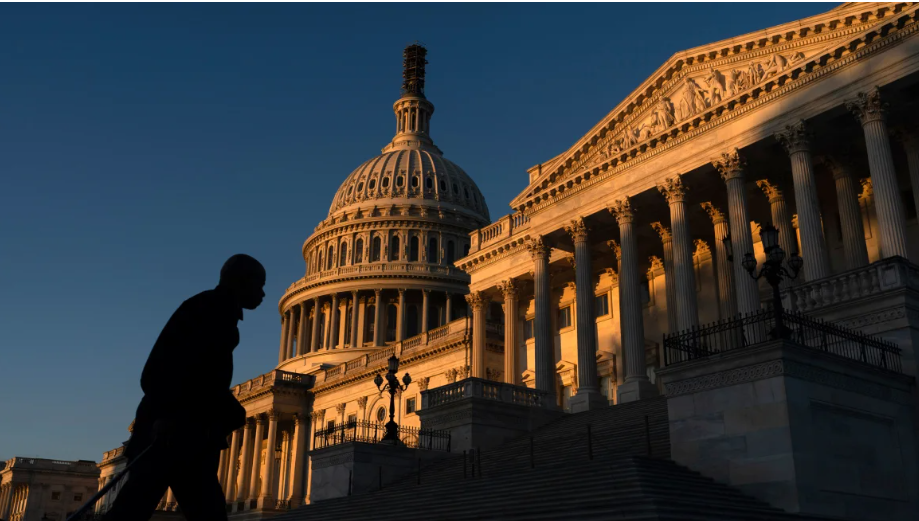
Jose Luis Magana/AP
Around the country, politicians are waging high-stakes battles over new congressional lines that could influence which party controls the US House of Representatives after the 2024 election.
In North Carolina, the Republicans who control the state legislature have crafted a map that could help them flip at least three seats. Democrats, meanwhile, could pick up seats in legal skirmishes now playing out in New York, Louisiana, Georgia and other states.
In all, the fate of anywhere from 14 to 18 House seats across nearly a dozen states could turn on the results of these fights. Republicans currently hold just a narrow majority in the US House, with one vacancy. That razor-thin margin was underscored by the GOP’s recent chaotic struggle to elect a new speaker.

“Given that the majority is so narrow, every outcome matters to the fight for House control in 2024,” said David Wasserman, who follows redistricting closely as senior editor and elections analyst for The Cook Political Report with Amy Walter.
And with fewer competitive districts that swing between the political parties, Wasserman added, “every line change is almost existential.”
Experts say several other factors have helped lead to the slew of consequential – and unresolved – redistricting disputes, just months before the first primaries of the 2024 cycle.
They include pandemic-related delays in completing the 2020 census – the once-a-decade population count that kicks off congressional and state legislative redistricting – as well as a 2019 Supreme Court ruling that threw decisions about partisan gerrymandering back to state courts.
In addition, some litigation had been frozen in place until the US Supreme Court’s surprise ruling in June, which found that a Republican-crafted redistricting plan in Alabama disadvantaged Black voters in the state and was in violation of the landmark 1965 Voting Rights Act.
That decision “is functionally reanimating all of these dormant cases,” said Adam Kincaid, the president and executive director of the National Republican Redistricting Trust, which supports the GOP’s redistricting efforts.
Kincaid said it’s too soon to tell whether Republicans or Democrats will emerge with the advantage by Election Day 2024. In his view, either party could gain or lose only about two seats over redistricting.
In many of the closely watched states where action is pending, just a single seat hangs in the balance, with two notable exceptions: North Carolina and New York, where multiple seats are at stake. Republicans controlled the map-drawing in the Tar Heel State, while a ruling by New York’s highest court leaves the job ultimately to the Democrats who control the state legislature, potentially canceling out each party’s gains.
“Democrats kind of need to run the table in the rest of these states” to gain any edge, said Nick Seabrook, a political scientist at the University of North Florida and the author of the 2022 book “One Person, One Vote: A Surprising History of Gerrymandering in America.”
Here’s a state-by-state look at recent and upcoming redistricting disputes that could shape the 2024 race for control of the US House:
North Carolina
North Carolina’s legislature, where Republicans hold a supermajority, has drawn new congressional lines that observers say could prove a windfall for the GOP and boost the party’s chances of retaining its House majority next year.